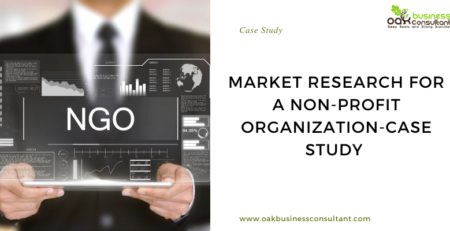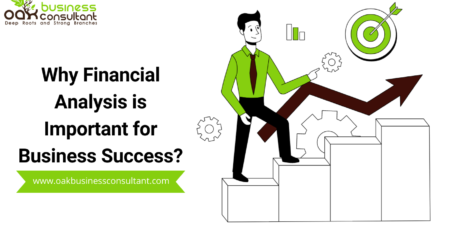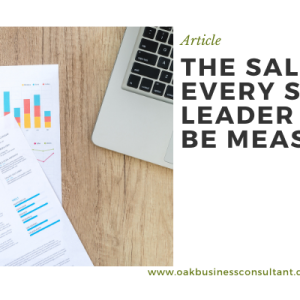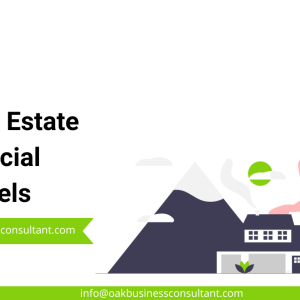Case Study: Organic Food and Delivery Service Research, Financial Model and Pitch Deck
Case Study: Organic Food and Delivery Service Research, Financial Model and Pitch Deck
Introduction
A healthy organic food and delivery service company from Hong Kong wanted us to forecast a 5-year financial model, conduct research and prepare a pitch deck. The company had no previous data because they were at their early stage. This case study discusses how Oak Business Consultants not only fulfill clients’ business and financial needs but, through models, can build strategies for perfect financial decisions and acquired investments.
Challenges
Our client had no financial statement or numbers that required us to prepare the financial model from scratch and estimate the start-up cost and its utilization of funds. Moreover, evaluating investment returns was also necessary to give the client an overview of what they could offer their investors and how much money they needed to start and run the business.
It was complicated when our client wanted us to identify the meal cost, packaging, and delivery because they needed to finalize their pricing plan and initial expense details.
It was a challenge because our client was required to conduct research to determine the challenges, demand for organic food, online food, delivery and industry analysis in Hong Kong. Furthermore, the categories and characteristics of delivery and organic food customers.
Solutions
Our expert team prepared a well-constructed financial model that can provide investors with a clear picture of future financial performance. In addition, it included realistic revenue projections, operating costs, and profitability estimates. Furthermore, we determine the value of our client’s organic food and delivery service company and the expected return on investment by using industry benchmarks and comparable company analysis to provide a realistic valuation.
To present a perfect pricing plan, our team did a detailed industry analysis to identify the costs and found what prices were offered by competitors. It helped our clients in finalizing their pricing plan to attract customers. Furthermore, the 5-year dynamic and with advanced formulas financial projection can present different scenarios for our clients, and they can check their performance.
Through our market research, we identified the organic food industry challenges, demand for service, and the relevant information of ideal customers who needs their services. Furthermore, we revealed that the Hong Kong market has significant growth potential, and they can get better returns.
We finalized the pricing model of channels and identified which category and channel generate the most profit and bring the maximum customers. Moreover, we determined how these categories could be favorable, help to expand the customer base.
Business Research
Our client wanted us to prepare detailed business and market research to determine the retail organic food industry’s current situation and size. Our team conducted detailed research and collected data from different relevant sources.
In the initial stage, after defining the target market, we determined potential customers’ demographics, age groups, and income levels and identified any other relevant factors that may influence their behavior. Furthermore, our team utilized our client’s existing resources, such as industry reports, online databases, government statistics, and news articles, to gather market size, market trends, and competition information.
Moreover, our team researched extensively and identified the competition in current ride and food delivery companies in Hong Kong. In addition, we mentioned the pricing strategies, delivery zones, and customer service to understand their competitive advantage.

Financial Highlights
This section describes an overview of the financial model of our client. Our team prepared a dynamic and exceptional financial model where our clients can control, set financial goals and make financial strategies for their organic food and delivery service businesses.
Input Assumptions
The input sheet plays a vital role in developing the model per the client’s requirements. We included different schedules, costing and information, which helped to produce actual statements and 5 years of forecasting. Our client wanted us to quote the cost per meal by market research to examine the realistic assumptions to generate financial statements. Furthermore, our team provided a payroll schedule, which helped our clients estimate their employees’ payroll monthly.

Income Statement
The profit and loss statement is essential to evaluate the company’s profitability. Thus, our expert team developed an income statement for our client, which covered all relevant information on expenditures, taxes, cost of goods sold, and depreciation, interlinked with advanced formulas. It helped our client to control the financial statements and make financial decisions.

Balance Sheet
We have prepared a balance sheet presenting the company’s assets, capital, and liabilities that must be paid within the next five years. Additionally, our client plans to utilize all available funds to expand and sustain their business in the market. It helped our client to check the overall financial position of the company.

CashFlow Statement
Our team created a cash flow statement for our client, which details the monthly inflows and outflows of cash for the next five years. In the first year, the company had the most cash inflows from financing activities and outflows from operating activities. They intended to use their funds to cover start-up expenses and manage operations. This statement demonstrates the client’s capacity to produce cash flow over the next five years. Further, it helped our clients to analyze cash flows on a monthly and yearly basis and assess their performance.

Breakeven Analysis
Our experts prepared the breakeven analysis for our client, which helps to identify the point at which revenue and cost are equal and which month or year the company can bear their variable and fixed cost. Our experts revealed that the company is expected to reach its breakeven point by the end of the fifth year. It can sustain costs in future operations.

Dashboard
Our team developed a visual display of all the financial data in the dashboard sheet. Moreover, all the relevant data comes from the financial statements, which helped to get a quick overview of the company’s 5 years forecasted financial situation.

Pitch Deck
Our team created an impressive pitch deck to present our client’s organic food and delivery service idea to various markets and entice potential investors. The comprehensive report condensed relevant information from the Research and financial model and presented it in the pitch. Furthermore, our client desired to communicate the significant data concisely, so our team produced an attractive design that perfectly highlights all the valuable information for investors and stakeholders.

Conclusion
The Organic Food and Deliver service company has a lot of potential growth in Hong Kong and other regions. Oak Business Consultant assists its clients in standing out and performing exceptionally well by providing a financial model, market research, and pitch deck. This helps them to compete in the market, develop future strategies, and operate efficiently while attracting investors. In addition, our expert team analyzed market research and financial forecasting to consider every aspect of the client’s business to provide a critical perspective in developing their path to success.


























